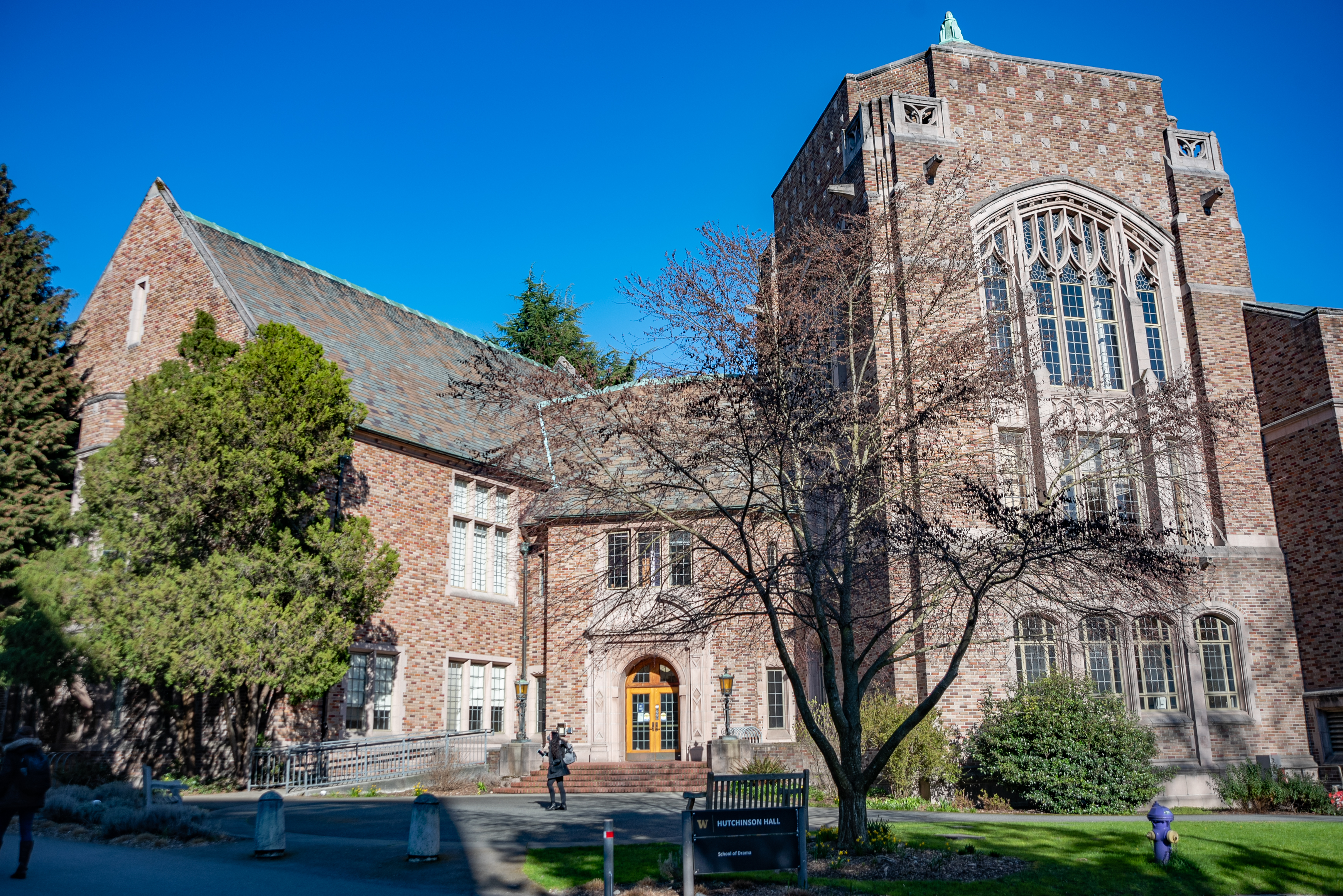ABSTRACT
One of the stages of real isolation, where the creativity sprouts out of the social ethos, is the stage of the artist-in-exile. Edward Said in his work Reflections on Exile, called the concept of the exile as: "…in a very acute sense exile is a solitude experienced outside the group: the deprivations felt at not being with others in the communal habitation." (Said, 140). The artist in the condition of exile suffers a condition that transforms his creation, an oeuvre that travels in a thin line between creativity and destruction.
This work will analyze thE example of AN artists-in-exile and HIS creations in that moment of his life and beyond. Through this analysis, we can understand how they performed a condition of emigré, of different, of a stranger in their creations. Using as study cases: Federico García Lorca’s poetry book Poet in New York (1931), and his upcoming works Así que pasen cinco años and El Público, this study looks for an understanding of the creativity of the isolation in the exile's artwork.
The stage of isolation the artist-in-exile experience allowed his/her work to perform their background, their self and the immense capacity of self-destruction every artist has. This study wants to achieve the relation between the condition of the artist-in-exile and the creation that can come out of that situation. The auto-exile of García Lorca and his poetic of self-destruction becomes a political exile in the dialogues of the world of the subconscious.
